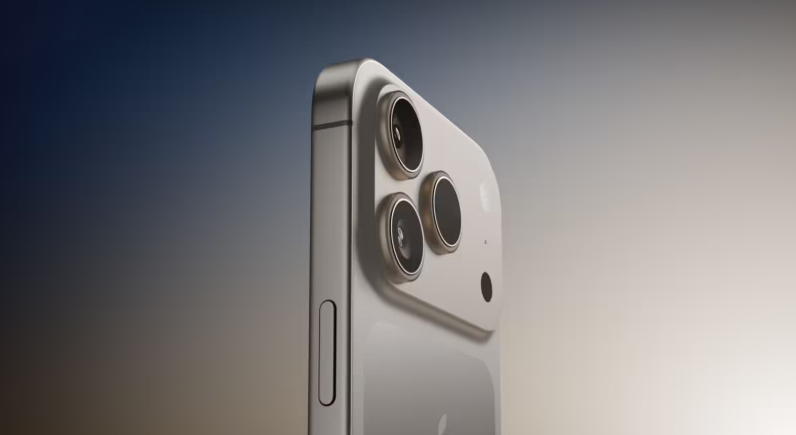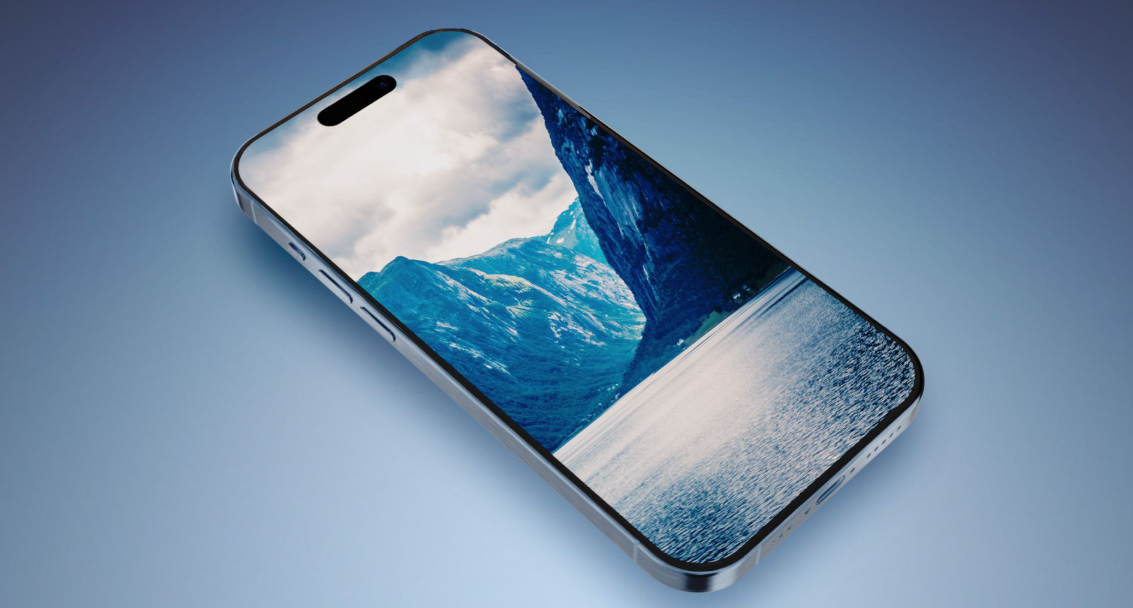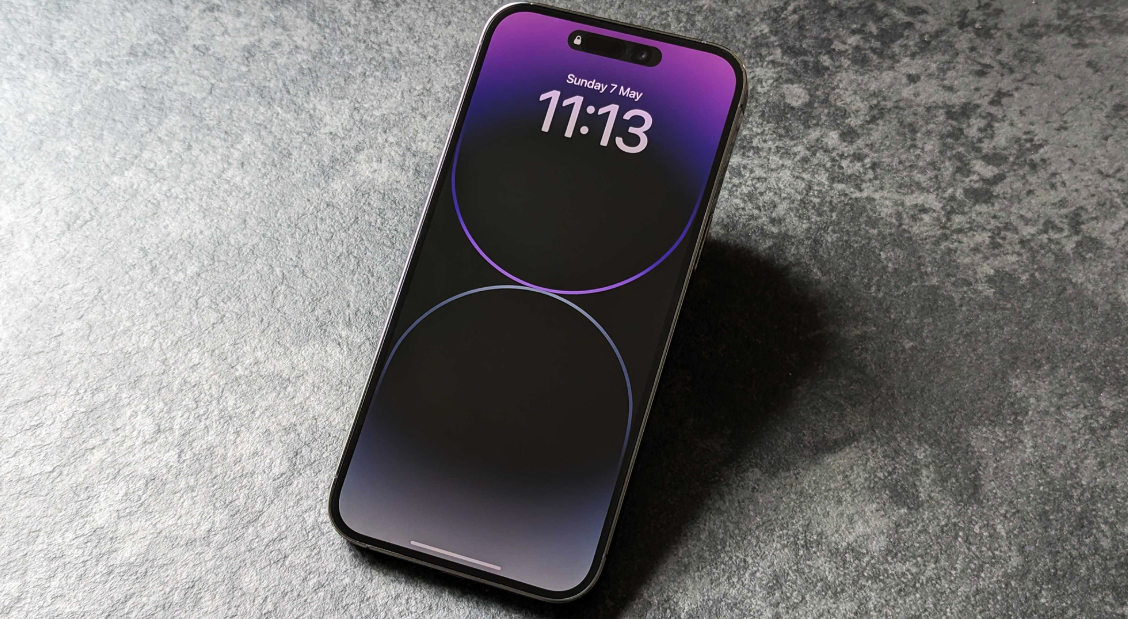iPhone 17 Pro: Treading on Developer Innovations, Then Leaving Them Behind!
![]() 04/09 2025
04/09 2025
![]() 484
484
Those even remotely familiar with Apple phones are well aware that the iPhone's enduring global popularity, which enables Apple to rake in over half of the profits in the mobile phone industry, is largely attributed to its iOS system. While hardware revenue is a one-time gain, software service revenue offers a continuous stream, truly the golden goose. With billions of iPhones worldwide as its foundation, enhancing system capabilities and user experience is crucial for retaining customers and boosting revenue. However, Apple initially took a shortcut in this endeavor—turning a blind eye to iOS jailbreaking.
Although this approach heightened security risks for the iOS system (still manageable for Apple), it allowed a surge of third-party developers to enter the Apple ecosystem with minimal hurdles, continuously inspiring Apple to improve the iOS experience. After "tolerating" this for several years, Apple gradually began "tightening the reins," and we witnessed more and more features previously accessible only via plugins being integrated into the iOS system.

Eventually, when Apple deemed it had borrowed enough features, it started progressively bolstering iOS security, making jailbreaking significantly more challenging. Consequently, the app store lost its vibrancy, and many developers departed. While iOS jailbreaking waned, some capable developers shifted to the App Store. However, Apple's practice of borrowing features did not cease. The iOS system continues to appropriate developer ingenuity and integrate more features, as evidenced in the upcoming iOS 19, slated for release in June this year.
A developer recently posted online that iOS 19 will introduce a feature to the system camera that allows simultaneous video recording with both the rear and front cameras. Logically, as a system function, it should be supported by all devices compatible with iOS 19 (or at least most). However, Apple plans otherwise, making this feature exclusive to the iPhone 17 Pro series, artificially widening the functional disparity within the same series.
If this were a cutting-edge feature that uniquely distinguished the iPhone 17 Pro, Apple's approach might be justifiable. In reality, this feature has been implemented by third-party software within Apple's ecosystem for years. Apple's decision to incorporate it as a native system function reaffirms the online joke, "Treading on the developer's path, then leaving them behind." The Android camp has supported this feature collectively for years, yet for Apple, it has become a selling point for its premium flagship.
In my view, Apple's approach, besides providing a superior native experience, serves another critical purpose: to ensure greater autonomy and control over certain functions. When flaws are discovered, they can be swiftly updated and rectified, eliminating the need to wait for developer updates. It is evident that once Apple integrates this feature into the system, all similar third-party apps in the App Store will be rendered obsolete, leaving developers with no recourse.
Do you find Apple's approach akin to "burning bridges after crossing the river"?








